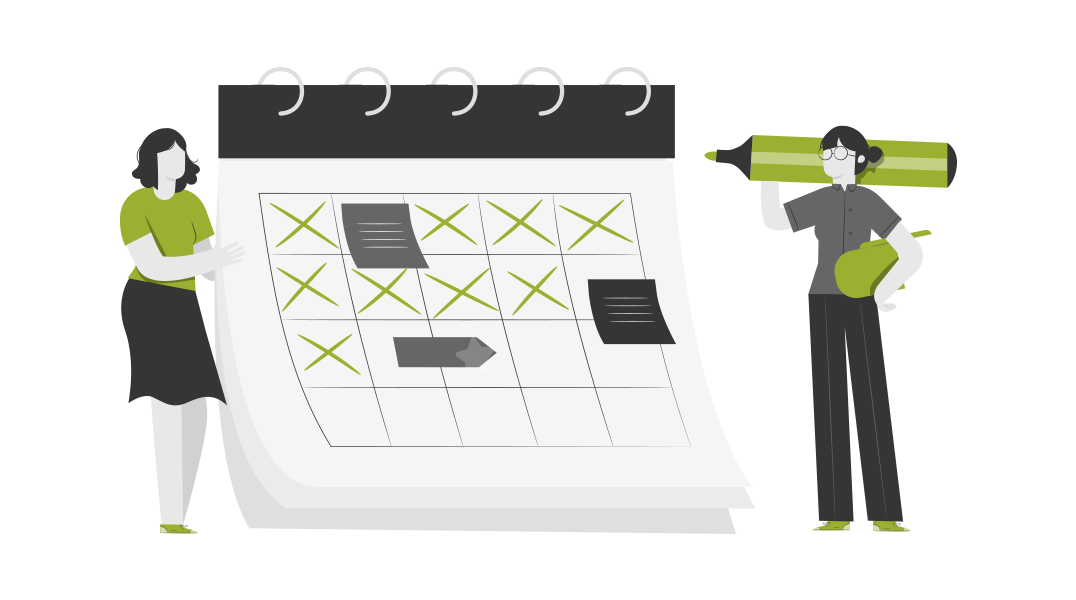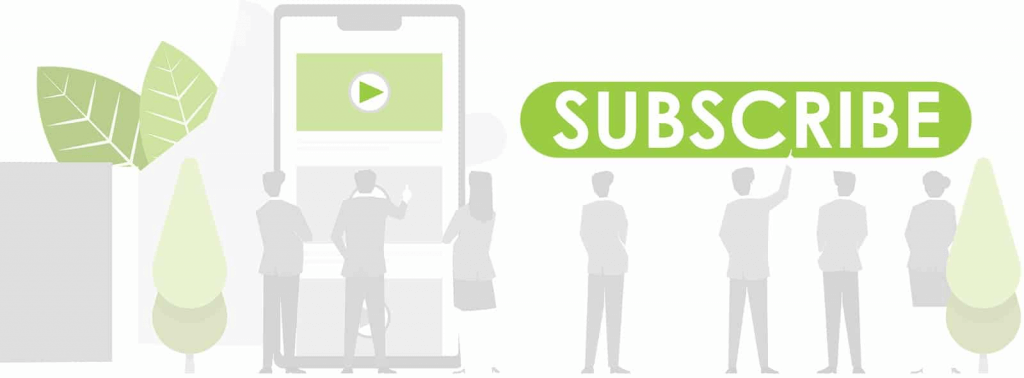Whether you are running a paid traffic agency or providing some other type of service, every business has clients.
And sometimes, those clients are not 100% happy.
In this video, Solutions 8 Client Manager Daniella Fisher takes a quick break from our typical Google Ads content to provide a step-by-step tutorial on how to craft the perfect email when responding to an upset client.

Six Steps to the Perfect Client Email:
- Step 1: Acknowledge and apologize.
- Step 2: Offer relevant insight (if any).
- Step 3: Explain the plan of action.
- Step 4: Give an estimated timeline. (Do NOT promise anything.)
- Step 5: Offer to hop on a call.
- Step 6: Apologize again and offer encouragement.
- Download the template.
Follow these simple steps to ensure a positive communication experience—and be sure to download the free template at the end of this blog so you have it handy should the need arise.
Before we get started, Daniella points out that an email may not always be the best option. Sometimes, if a client is very heated, a phone call may be the smarter move. However, for smaller issues or concerns, a well-crafted email will typically go a long way toward providing guidance and reassurance.
Step 1: Acknowledge and apologize.
It is really important to remember that your clients are human beings, says Daniella.
If a friend came to you and said you hurt their feelings, you would absolutely want to right the wrong and make them feel better; the same rule should apply to your clients. So, be sure to listen to and acknowledge their concerns, and then let them know you apologize for the inconvenience.
Step 2. Offer relevant insight (if any).
Heads up: If it’s one of those situations where you just messed up (hey, it happens; we’re all human) then you can skip this step, says Daniella. The last thing you want is for it to seem like you are making excuses.
However, if there is some insight you can provide—for example, maybe the client was not looking at the correct dashboard—you can simply provide that information. Just make sure that your tone is respectful and not condescending.
Step 3. Explain the plan of action.
It is really important to lay out exactly what is being done to fix the issues that your client has expressed concern about. “I think it’s always really good to explain that, ‘Hey we looked into this and we found A and C that need to be fixed,'” explains Daniella.
Some clients will want to be more involved in the decision making process, however, and you may need to wait for their green light before you make any actual changes. (If that’s the case, simply lay out the steps you believe would remedy the issue and wait for their approval.)
But, if they are the type of client that would appreciate the efficiency of you just taking the initiative and making the necessary adjustments in order to help with performance, Daniella says to go ahead. Basically, it comes down to knowing your client and understanding their preferred communication style.

Step 4. Give an estimated timeline. (Do NOT promise anything.)
While you can certainly provide an estimate of how long you think it will take to address the issue and deliver a solution, the last thing you want to do is promise specifics and then fail to deliver. Then, the client will likely be even more upset.
Your best bet is to provide an estimated timeline of when you expect to see a turnaround without actually promising that the issue will be 100% fixed by a certain date.
Step 5. Offer to hop on a call.
After you have acknowledged their concerns, looked into the issue(s), and laid out a potential plan of action, let the client know that you are happy to discuss things over the phone if they still have questions.
Bottom line: Make sure the client knows you are available and more than willing to hop on a call if they would prefer to do so.
Step 6. Apologize again and offer encouragement.
It never hurts to reinforce your apology and offer words of encouragement to let an upset client know that you take their concerns seriously and that you are committed to finding a solution.
In closing the email, let them know that you have made (or plan to make) the necessary adjustments to course-correct and hopefully bring about a more positive outcome. Doing so, says Daniella, will allow the client to breathe a little easier.
Need a little help getting the words right?
Daniella’s got you covered.
As promised, below is a link to a downloadable resource with an overview of each step and a template for drafting your own client email.
Though somewhat generic, Daniella explains that it should provide a solid starting point for communicating with your own clients in a positive and mutually beneficial way.
Author
Pamela is the Senior Content Writer at Solutions 8. When she's not writing, you can find her hiking in the woods with her dogs. She is currently on a quest to visit every national park in the United States.
 Pamela Sapio
Pamela Sapio











